The sales funnel guides customers through a journey. Your business should aim to change the ordinary purchasing transaction into a fun-filled festival. Lead your team toward more sales with a creative approach.
Generating sales online is a process, not a single event. To acquire customers, a variety of marketing and sales strategies must be implemented to convert prospects into paying customers.
Moreover, a business’s sales funnel is only as effective as the team that runs and maintains the sales process. According to MarketingSherpa, 57% of B2B organizations identify “converting qualified leads into paying customers” as a top funnel priority, but 65% of B2B marketers have not established lead nurturing.
If you desire better results, it’s time to do things differently. Disrupt your sales funnel with these five strategies:
1. Reimagine Your Ideal Customer
No business exists without its clients. However, every client won’t help build your business. Discover how your product or service can avoid fear, refocus desire, or channel pain.
Learn the psychology behind your ideal clients’ problems. The ideal customer profile should include more than the person’s age, gender, and job status. Demographics only offer broad descriptions of people such as, female executives aged 40-65 or mid-level managers at a consulting firm. You should strive to dig deeper.
Consider learning about your clients’ psychographics. Study their behaviors, habits, and lifestyles. Learn how they spend their money and time.
Source: Building An Ideal Client-Customer Profile
Analyzing your customers’ complaints can help you develop the profile. Ivana Taylor, a marketing strategist, states:
“When you think about it, a complaint actually uncovers what your customer is ‘committed to’ or is trying to do but doesn’t succeed. So if you uncover complaints about late deliveries, you have customers who have tight time commitments and that is a powerful profiling attribute.”
Lesson #1: SaaS Sales Funnel
Meet Jerry. He owns a custom software development company. After testing his marketing site and ads without landing any customers, Jerry sought out Lincoln Murphy of Sixteen Ventures.
Fed up with the lack of results, Jerry wanted to get moving. His initial thoughts were to reduce free trial time and set up a credit card wall. Murphy advised against this approach because punishing prospects wouldn’t increase Jerry’s conversions.
Instead, Murphy helped Jerry define his ideal customer. Who would immediately receive value from his software? More importantly, Jerry also described the wrong customer for his business.
After these simple exercises, Jerry realized that the wrong customers were signing up for his free trial offers. With a better understanding of his ideal customer, Jerry fixed his leaky sales funnel and started targeting his ideal customer.
Next Steps
- Create an ideal customer profile with your team.
- Restructure your sales and marketing strategies to fit your clients’ needs.
- Learn more about customers via surveys and focus groups.
- Analyze customers’ complaints to adjust your sales approach.
2. Transform the Onboarding Experience
First impressions always matter. When people visit your website, they should experience a theme park adventure. Prospects should be awed by your work, greeted by friendly help desk reps, and streamlined through a purchase process.
Don’t make false promises. Customers may expect a few minor mistakes when a new product rolls out. However, don’t launch a product to market if you are not ready to fully deliver on your promises.
When you set unrealistic public expectations, your customers move on, and your company will lose integrity. So, create a strategy where new users can quickly succeed.
Lesson #2: Groove’s Early Days
Groove offers help desk software to small businesses. The founder and CEO Alex Turnbull is transparent about the early failures of the startup.
The company initially had a wish list of features. Like most startups, the team thought more features would add more value to the product. However, each “new” feature did just the opposite and pushed their launch date back.
Turnbull and his team recognized that boatloads of features and ancillary apps didn’t equate to paying customers. Groove’s sign-up conversion rate was less than 2%.
This onboarding experience is pretty involved…
Much better! Source: 3 Early Fails That Nearly Killed Our Startup
In the end, the team learned to focus on what they did best. They launched a three-page site that was “hyper-focused on the benefits.” (See image above.) And guess what happened? Conversions tripled overnight!
Next Steps
- Show customers your product benefits, not features.
- Test assumptions often and early.
- Make the sign-up process easy.
- Create behavior-driven messages to get your clients to take action.
3. Reevaluate Conversion Benchmarks
Are you aiming too high or too low? Discuss metrics with your team members. From website traffic to free trial users to email signups, decide what it takes to convert prospects into buyers.
Develop sturdy conversion architecture. Your audience should be moving smoothly from the unaware visitor stage to the satisfied purchaser stage. Keeping potential buyers engaged with content updates and email newsletters work well. You also should try other cost-effective opportunities, like mini-workshops or webinars.
Metrics vary from business to business. Hence, there are no one-size-fits-all benchmarks, but Fred Spring, cofounder of 98toGo, recommends you focus on five metrics to check sales funnel efficiency:
- Content Visits or Page Views
- CTA Click-through Rates
- Landing Page Submission Rates
- Email Click Rates
- Conversion Rates
Lesson #3: Reducing Churn by 22%
Mention, a real-time media monitoring app, struggled with its churn. The team realized it couldn’t sustain due to a huge leap in customer growth—from hundreds to over 200,000. They also knew “paid and free trial members were more valuable than users with a free plan” and that webinars were a great conversion tool.
Various techniques changed how the company offered value. First, users were segmented by membership type to prioritize help tickets of more valuable users. Automated marketing emails were sent to entice free trial users to receive “Pro Tips” after activation.
Mention emailed monthly case studies highlighting success stories, like the one pictured below. In addition, they created a webinar that demonstrated the service’s potential with examples from actual clients.
By increasing communication with its customers, Mention reduced it churn by 22% in a single month.
Source: 9 Case Studies That’ll Help You Reduce SaaS Churn
Next Steps
- Track actions leading to customer cancellations.
- Calculate customer acquisition costs and lifetime value.
- Show the value of your service; offer guides and tutorials.
4. Increase Human Follow Up
Automation can become dull and too predictable. Emails are good, but phone calls are even better. Give clients more human interaction.
The customer service experience is a make-or-break event. According to the 2011 Customer Experience Impact Report, 89% of shoppers have stopped buying from online stores after experiencing poor customer service. A research study also found that 31% of online shoppers in the US and UK are more likely make a purchase after a live chat.
Leo Widrich, co-founder and COO of Buffer, says, “Customer support is the very rare opportunity to connect to your customers on an emotional level. You can’t do that in any other way.”
Source: What Bad Customer Service Costs Your Business
Lesson #4: Make Another Call
Not every person falls in love with your product after the first showing. And most likely, it doesn’t mean they won’t purchase the product. It just means your team needs to engage the potential client more effectively.
Lead nurturing is about follow up. According to the Lead Simple Academy, “The goal is to stay in front of prospects in a way that creates value rather than annoyance.”
Create a follow up schedule. Set clear expectations for discussion topics and contact times. Be mindful that your frequency of communication will depend on the level of interest from the prospect.
Source: Dominant Follow Up Strategies
Next Steps
- Brainstorm how to amplify the customer service experience.
- Build an emotional connection with customers; skip the superficial relationships.
- Actually talk to your customers, and ask them meaningful questions.
- Create surprise reciprocity.
5. Reward Loyal Customers
Don’t get addicted to constantly wanting new leads. Break ground by rewarding your current customers with special offers and first-time access to new products. Generate more sales with the folks who love you the most.
Similar to other types of businesses, SaaS companies are susceptible to customer disloyalty. If you expect to earn recurring revenue, expect to give recurring value. By satisfying customers regularly, you decrease the risk of customer churn.
Jenna Hanington, a marketing content specialist at Pardot, suggests you consider the following three questions when making goals to increase your customer retention rates:
- Are you actively cultivating relationships with your existing customer base, and not just with potential buyers?
- Are you running upsell campaigns to encourage your current customers to try different products or services that you offer?
- Do you have ways to reward loyal customers?
Source: Finding Benefits in SMB Loyalty Programs
Lesson #5: Flow’s Delight Days
The team at Flow, a collaborative task management app, strives to make their customers smile. The staff enjoys watching their users discover something brand new.
So, the team created Delight Days. The purpose of the designated day is to focus on taking the organization to the next level by working on “pet projects, small annoyances, and silly ideas.”
In one day, the team manages to suggest, design, and build concepts.
From creating new copy to updating tutorial videos, the short timeline gives employees a different workflow, while “ensuring that customers are always the #1 consideration.” It’s a simple reminder that happiness starts with the customer.
Next Steps
- Create a customer loyalty program that adds value.
- Initiate an email campaign to inform loyal clients about new services.
- Let your team execute projects for the sole purpose of improving the customer experience.
The same plan will get your company the same results. Mix up your strategies to achieve better results. From the onboarding experience to loyalty programs, your company possesses the potential to change your sales funnel process.
Forget stagnant business growth. Think exponential possibilities.
About the Author: Shayla Price lives at the intersection of digital marketing, the law and social responsibility. She inspires a new breed of innovative attorneys at Hearsay Marketing. Connect with her on Twitter: @shaylaprice

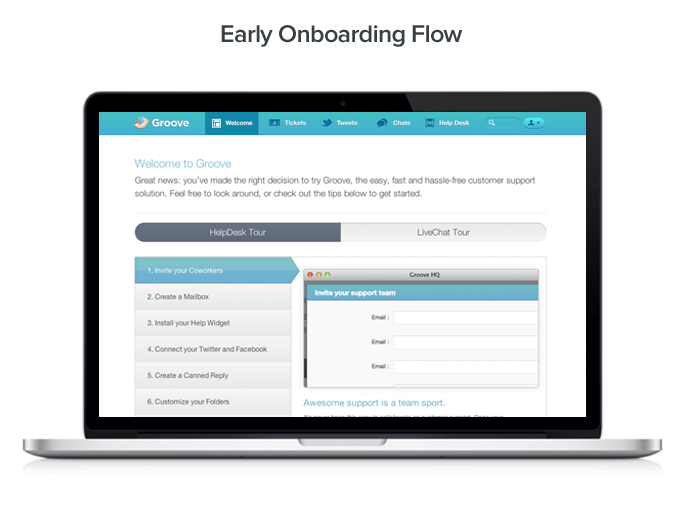
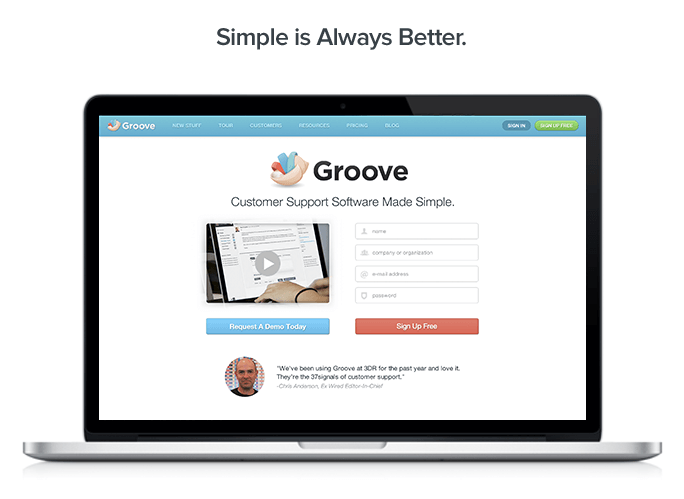
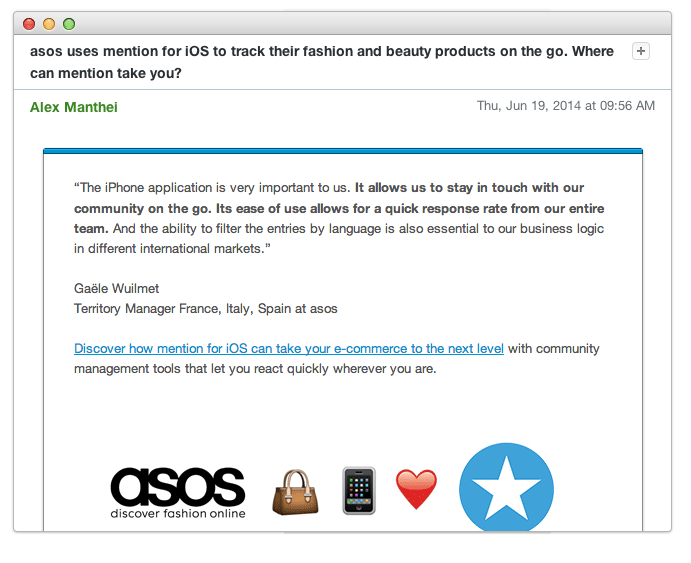
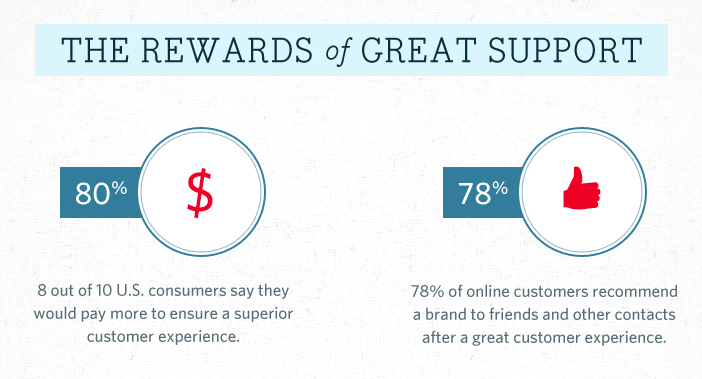
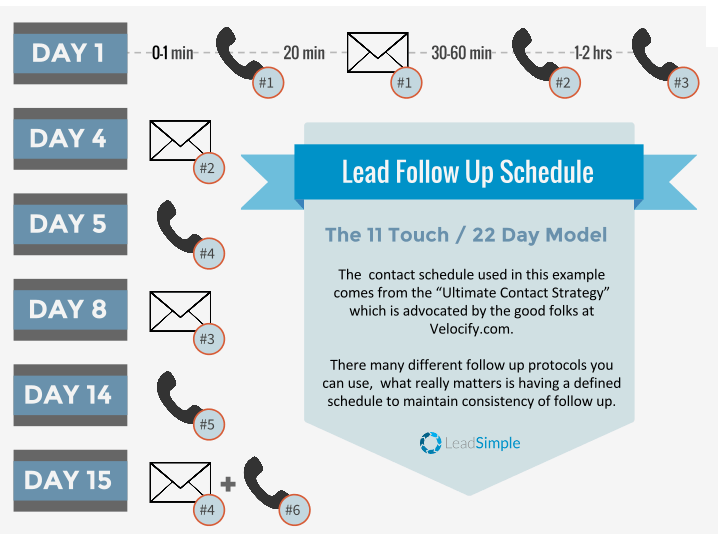
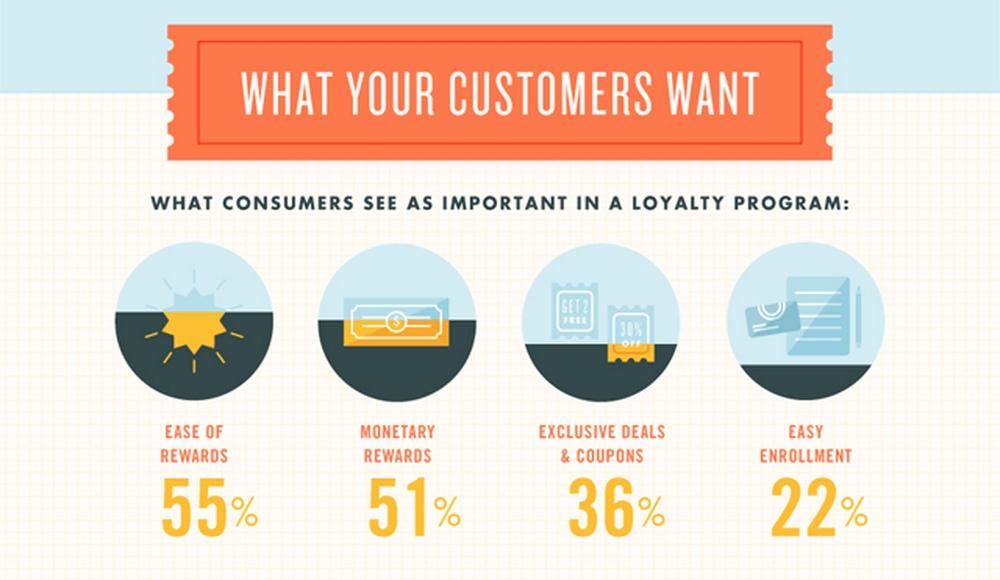
It's absolutely a pretty cool stuff and was my surprising tour to this awesome blog. I was extremely excited with reading so resourceful information at one place. IN this competitive online era it's really very tough to make any effort into a fruit. And I was mostly impressed with your words "Simple is better". This is tremendously inspiring for the all beginners even those who are really in struggle in their business. I would like to adore your outstanding guidelines and tips. This is pretty much sparkling light for the beginners. I can also encourage the audiences here to make a short tour to markleap. Hope this will be an interesting journey for sure.
ReplyDeleteHi,
ReplyDeleteThanks a lot for so great content
We have used it for our article
https://datarob.com/ideal-customer-profile-b2b-full-guide-definition-templates-creation-segmentation/
BR
T